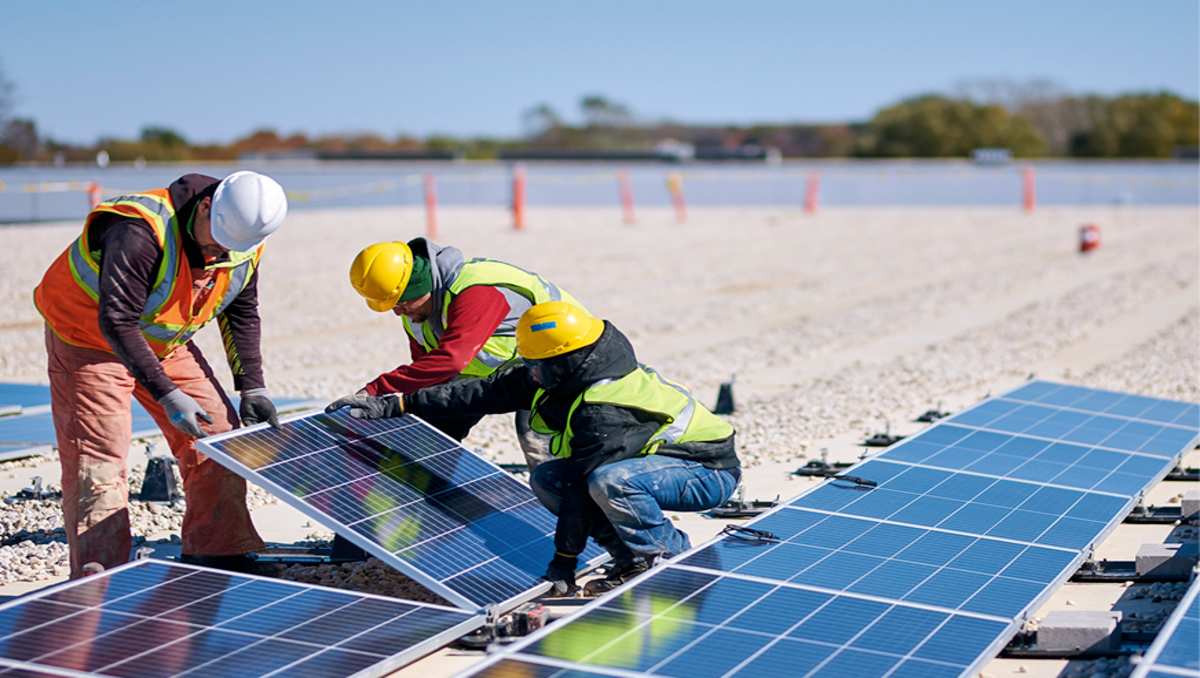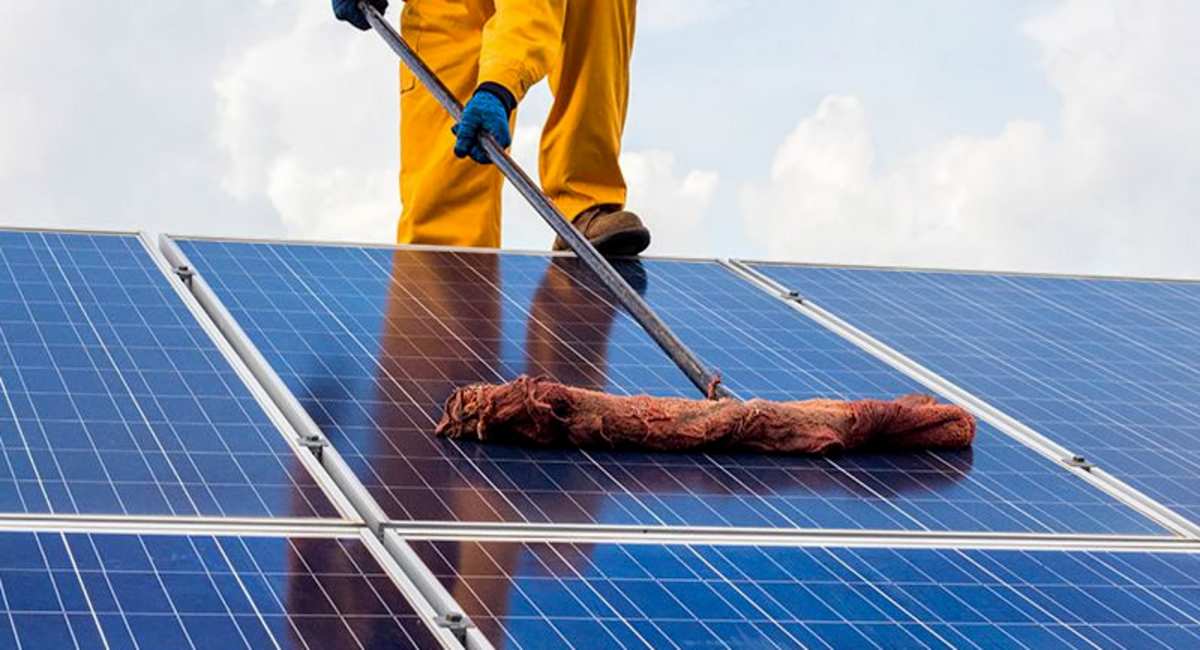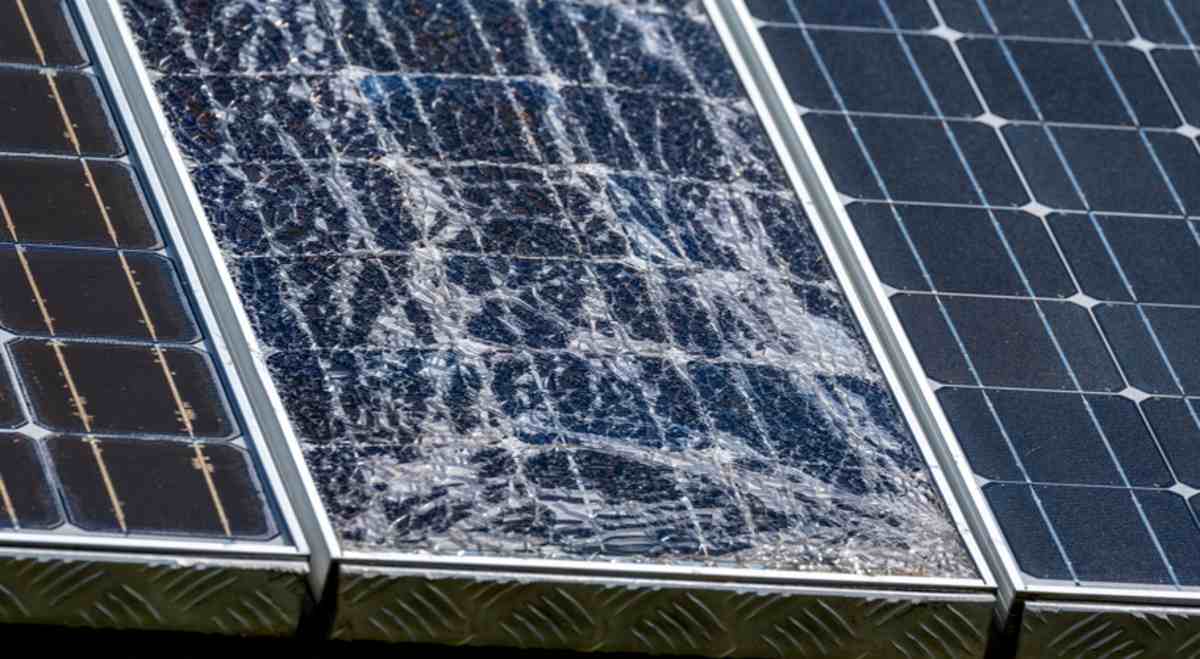Solar Energy Installation and Maintenance Guide

All About Solar System Installation:
Due to its ideal geographical location, India is one of the world's leading generators of solar energy. Every year, the nation enjoys tropical sunshine and has clear skies for up to 300 days. The Ministry of New and Renewable Energy has set a target of 175 GW of solar capacity by March 2022. Given the strong pace of solar power use in the commercial, residential, and industrial sectors, this aim is attainable.
Though there are other methods of capturing solar energy with the guidance of solar structure design software, rooftop solar panels are becoming more popular owing to their inexpensive installation cost and other cost-saving features. Solar panels, which are an assemblage of photovoltaic cells (solar cells), an inverter, AC/DC switches, and electrical conduit, are required for the installation of a rooftop solar system. Rooftop solar panels are simply installed on the roofs of buildings to capture solar energy. However, the installation procedure is not as easy and straightforward as it may seem. Before installing a rooftop solar panel, you should examine the following factors in order to maximize its benefits:
The roof condition:
Rooftop solar panels are mounted on the roof and have a service life of 20 to 25 years. However, this does not imply that you should immediately request its installation. The roof's condition should be properly evaluated before installation. If your roof is old or damaged, the installation will not last as long as it should. In this case, you should first invest in roof repair. It makes no sense to initially install a rooftop solar panel and then dismantle it after a few years to repair the roof. You'll have to pay extra for disassembly and re-installation with this method. You should also check to see whether your roof has adequate room to sustain the installation. It should also be free of shading so that maximum sunlight may be captured throughout the day.
Slope of the Roof:
The slope of a roof has a significant impact on the efficiency of solar panels. Furthermore, the slope is required to allow water drainage during the rainy season. A north-facing roof is ideal since rooftop solar panels put on such a roof will produce the most power. Furthermore, the roof's slope should be between 10 and 30 degrees to allow for appropriate rainfall drainage and debris removal.
Calculation of weight the roof can sustain:
Every roof can only sustain a certain amount of weight before collapsing. Solar panels, without a doubt, add to the weight on the roof. So, in order to prevent potentially hazardous scenarios, such as a roof collapse followed by massive financial loss, you must establish the weight that your roof can sustain. You should get it analyzed by experts. A specialist will check the roof and decide if extra support is required.
The building's consumption rate:
Depending on the appliances, gadgets, and equipment that must be powered, various buildings have varying requirements. So, before installing a rooftop solar panel, it's a good idea to assess your building's energy requirements. Finding the overall rate of consumption helps in the selection of the appropriate quantity of solar panels. A solar panel is typically made up of 36 to 72 PV cells, with each cell generating roughly 0.5 V of electricity. Using these statistics, the number of panels needed to meet a building's energy requirements may be simply calculated.
Warranty and Cost of Installation:
Before purchasing a solar panel, consider the warranty granted for the panel, inverter, support equipment, and so on. Solar panels are typically covered by a 20- to 25-year warranty. It is divided as follows:
- 10 years on the product
- 15 years for providing 90% of its peak energy output
- 25 years for providing 80% of its peak energy output
The installation is also backed by a 2–10 year guarantee. It covers the repair and replacement of faulty components. Furthermore, depending on the kind of inverter utilized, the inverter comes with a guarantee. An inverter is typically backed by a 5-to 10-year guarantee. When purchasing any of these devices, always ask for the certifications in order to take advantage of the warranty advantages.
Solar installation costs vary depending on the kind of installation, equipment, and solar panels used. Typically, it varies between Rs 40,000 and Rs 6,00,000. In the case of big installations, it may even go beyond this. Though the initial investment may seem high, it saves money in the long term by lowering power costs and carbon footprints. So, before you install a rooftop solar panel, make a budget for the installation. Then you may choose the equipment that best suits your demands and budget. It is best to choose things in the middle of the price range.
Solar Panel Installation in 5 Basic Steps:
Conduct a Site Survey With an Engineer:
Once you choose the best solar installation company for your house and sign a contract, the firm will send an engineer to your home to analyze your present electrical system, ensuring that everything is compatible with the design of your desired solar panel system. This engineer might be a solar firm employee or an independent freelancer.
Be aware that if you have an old and outdated electrical system, the engineer may advise you to update or replace it. This usually means that your new solar energy system will demand more amps than your present electrical system can handle.

In addition to inspecting your electrical system, the engineer will also assess your roof. They must guarantee that it is structurally robust and capable of supporting the weight of solar panels. In addition, the engineer will be able to inform you whether you want a particular mounting system, such as one for a flat roof.
Secure the Right Permits:
You'll have to jump through a few regulatory hoops before you can install solar panels. You'll need to secure all of the necessary permissions and paperwork to guarantee that your solar panel installation is legal and meets all local safety and zoning regulations. You wouldn't believe the problems that might arise when an installation is completed before permission is given.
This process may be scary, but here's the good news: although there is a lot of paperwork involved with installing solar panels, your solar business handles the bulk of it. You may not have to do much more than provide a signature here and there, but it's still crucial to understand what's going on behind the scenes.
Here is what your solar installer will submit:
- local electrical and/or building permits on your behalf.
- Interconnection agreement with your local utility (in other words, permission from your utility to install solar and enroll in net metering)
- Applications for state or federal incentive programs that curb the upfront cost of solar panels
By completing this application, you may be able to get rebates, tax credits, or other financial aid to help cover installation expenses.
It will take some time for your solar installation to submit all of the paperwork, and it will take much longer for regulatory organizations to review all of the information—often several weeks or more. It's not a terrible idea to follow up and request updates every few days to ensure that the process is still rolling along well.
Order the Right Equipment:
Your solar installer will be able to order your equipment after you have all of the necessary permissions and documentation in place. It is important to note that at this time, you will have decided on the sort of solar panels you need, as well as the finest solar batteries and inverters for your house. These choices are often included in a solar proposal, which is given long before you sign your contract.
Naturally, you'll want to do your homework on how solar panels operate and the many alternatives available to you. Your solar installer can assist you in selecting equipment that will help you accomplish your solar energy objectives, whether you desire the most efficient or the cheapest solar panels.
Your name will be added to the installer's queue after your solar equipment has been ordered. This essentially means that you will be scheduled for an installer to construct your solar panels as soon as they arrive from the wholesaler.
Install Your Solar Panels:
When your solar installation arrives, the installer will begin prepping your roof by ensuring that all tiles or shingles are properly connected. The contractor will next run the necessary wire to link your household solar system to the electrical infrastructure.
After the cables are installed, your installer will install racking, which is used to secure the solar panels in place. The panels are installed in racks, and the inverter (or numerous microinverters) is linked to them. Your installer will also set up a battery bank if you have one.
One of the most frequently asked questions concerning solar PV installation is how long it would take. It all depends on the size of your property and the breadth of the solar panel installation, but you can expect it to take between one and three days.
Get your System Authorized and Connected:
Once the system is installed, your installer will "flip the switch" to activate it. A local government agent will most likely need to examine and approve your domestic solar system, providing what is known as "permission to operate" (PTO). Essentially, this is only a precautionary measure to ensure that there is a fresh pair of eyes to check the wiring and electrical work.
A representative from your local utility company will also be required to join the system, which entails connecting it to the electrical grid. This enables you to continue using power when needed while also securely feeding any excess energy back into the grid, which may result in credits from your utility provider via net metering schemes.
All About Solar System Maintenance:
In today's world, industrial and commercial organizations are turning to solar arrays and industrial PV systems to avoid power outages caused by grid supply. Solar power panels are quickly becoming a standard rather than an option in India's paper, steel, chemical, textile, cement, dairy, and ceramic industries. This has been helped by the availability of open access grids in the majority of states throughout the country.
Most solar panel operation and maintenance (O & M) operations need regular inspections to ensure maximum performance and security. The frequency and extent of solar array monitoring and solar panel maintenance are determined by the kind of installation, system design, and location of the commercial solar power system in operation. Companies that provide solar maintenance in India propose yearly checks. Aside from evaluating PV systems on a regular basis, it is also necessary to examine them when their ownership changes.

Maintenance of solar PV systems is best performed by skilled installers or service specialists who are familiar with PV components and safety measures. These solar panel maintenance service companies handle the whole spectrum of PV maintenance operations, which includes:
- Carrying out visual inspections
- Conducting verifications of the PV system operations
- Taking corrective actions
- Monitoring and verifying how effective the corrective actions are, etc.
Processes involved in the maintenance of solar power systems include:
- The timely and regular cleaning of solar cells and PV panels
- Regular maintenance of all thermal-based components
- Servicing of HT side equipment on an annual basis
- Diagnosis and tests pertaining to low solar power production
- Testing and upkeep of circuits
- Tracing of IV curves and thermal imaging
- Measure of earth value
- Retro-commissioning
- Management of warranties
- System checks pertaining to data acquisition, etc.
Effect of Extreme Weather on Solar System:
Solar panels are designed to be long-lasting. Thanks to high-quality solar panel installations, PV systems can resist all types of weather, from wind and rain to snow and more. Of course, they are not invincible; they may be damaged by hail, hurricanes, tornadoes, or lightning in rare instances. However, as long as you have a strong warranty and/or your panels are covered by your homeowners' insurance, you should be able to repair or replace any damaged panels. Heat, strangely, is the most common sort of weather that affects panels. When the temperature rises over 90 degrees, solar panels lose around 1% of their efficiency every degree. Elevating them a few inches above the ground or roof, on the other hand, allows for air circulation, which may help cool them down and keep energy production going.
Repair/Replacement of Solar Panels:
If your panels need to be repaired or replaced , it's best to hire a professional. If they're losing efficiency and still under a performance or power output warranty, then call your solar company. They'll send someone to assess the situation and either fix it or replace the panels. If your panels have sustained physical damage, that's often covered under a separate equipment warranty or under your homeowners' insurance. Find out if and how your panels are covered for damage, and who to call to file a claim. Either way, don't attempt to install solar panels or make repairs yourself unless you're experienced with home solar systems.

Tips for Maintenance of Solar Panels:
Solar panel cleaning kits are quite useful for cleaning solar panels. A biodegradable soap, a wiper, and a tiny brush or brush with a larger handle are included in the set. In the bucket, combine the soap and water. The bottle includes instructions. Dip the brush into the bucket and begin cleaning the solar panels carefully. To clean any filth or debris that has accumulated on the panels, use simple water or a soft brush.
It's never been simpler to clean solar panels! Clean solar panels while they are damp or wet so that any dirt or residue that has accumulated on them may be readily wiped away.
If you use an abrasive sponge or soap to clean your solar panels, you risk scratching the glass. A soft cloth or biodegradable soap is the best approach to clean solar panels.
It is critical not to use aggressive cleaning products on solar panels since they may cause damage, and solar panels are expensive to replace.
If you clean often, you may be able to eliminate dirt by simply running a hose along the panels. There are fewer requests for solar panel maintenance.
To ensure your safety and the safety of others around you, clean the panels while standing on the ground with a long-handled wiper.
If you must climb on the roof, exercise caution since once you start cleaning, the roof gets slippery and you may fall off when you get down, so use safety ropes or a harness for support.
Always keep an eye out for debris on the solar panels to prevent it from accumulating, since clean panels absorb more sunlight.

